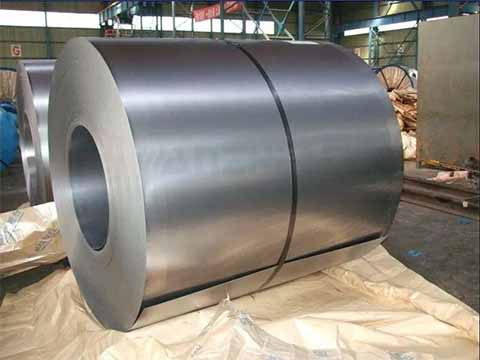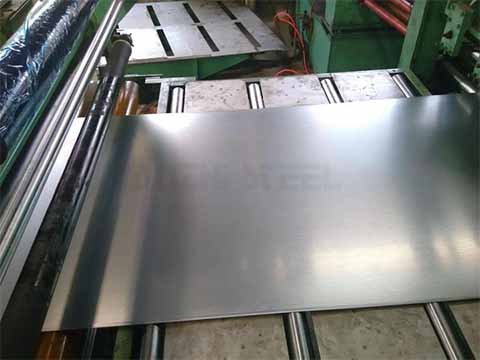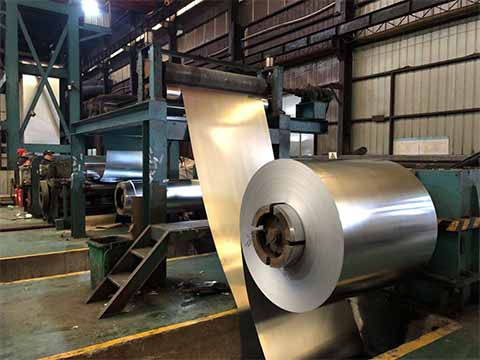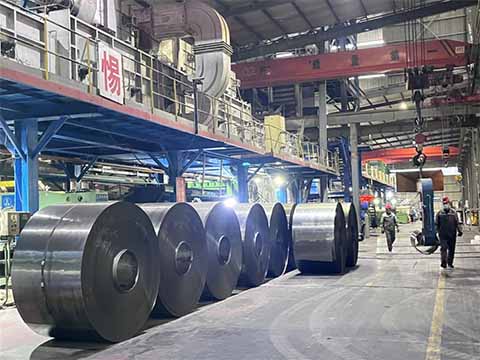10F, Building B, Erqi Center, Erqi District,
Zhengzhou City,
Henan Province, China
Wit:+86 15138685087
(WhatsApp/Wechat)

10F, Building B, Erqi Center, Erqi District,
Zhengzhou City,
Henan Province, China
Wit:+86 15138685087
(WhatsApp/Wechat)
Hot dip galvanizing is the first steel parts for pickling, to remove iron oxide on the surface of the steel parts, after pickling, through ammonium chloride or zinc chloride aqueous solution or ammonium chloride and zinc chloride mixed aqueous solution tank for cleaning, and then into the hot dip plating tank. Hot dip galvanizing has the advantages of uniform coating, strong adhesion, and long service life.

Hot Dip Galvanizing Steel Coil

HDG Steel Sheet
Hot dip galvanizing is a metallurgical reaction process. From the microscopic point of view, the hot dip galvanizing process is two dynamic equilibria: thermal equilibrium and zinc-iron exchange equilibrium. When the steel workpiece is immersed in the molten zinc liquid at about 450℃, the workpiece at normal temperature absorbs the heat of the zinc liquid. When it reaches more than 200℃, the interaction between zinc and iron is gradually obvious. Zinc penetrates the surface of the iron workpiece.
As the temperature of the workpiece gradually approached the temperature of the zinc liquid, alloy layers containing different ratios of zinc and iron were formed on the surface of the workpiece, forming the layered structure of the zinc coating. With the extension of time, different alloy layers in the coating showed different growth rates. From a macro point of view, the above process is manifested as the workpiece immersed in zinc liquid, and zinc liquid surface boiling, when the zinc-iron reaction is gradually balanced, the zinc liquid surface gradually calms. When the workpiece is raised to the zinc liquid surface and the workpiece temperature gradually decreases below 200℃, the zinc-iron reaction stops, the hot-dip galvanized coating is formed, and the thickness is determined.
The main factors that affect the thickness of zinc coating are base metal composition, the surface roughness of steel, content, and distribution of active elements silicon and phosphorus in steel, internal stress of steel, workpiece geometry, and hot dip galvanizing process.
The current international and Chinese hot-dip galvanized standards are divided into sections according to the thickness of the steel, and the zinc coating thickness and local thickness should reach the corresponding thickness to determine the corrosion resistance of the zinc coating. The time required to achieve thermal and zinc-iron exchange balance is different for workpieces with different steel thicknesses, and the coating thickness formed is also different. The average coating thickness in the standard is the industrial production experience value based on the above galvanizing mechanism, and the local thickness is the experience value required to take into account the uneven distribution of zinc coating thickness and the corrosion protection requirements of the coating.
The thickness of the hot dip galvanized coating determines the corrosion resistance of the plating. You can choose a zinc coating thickness above or below the standard. For the smooth surface of the 3mm or less thin steel plate, it is difficult to obtain a thicker coating in industrial production, in addition, the thickness of the zinc coating is not commensurate with the thickness of the steel will affect the binding force between the coating and the substrate and the appearance quality of the coating. Too thick a coating will cause the appearance of the coating rough, and easy to peel off, and plated parts can not withstand collision during handling and installation.

Hot Dip Galvanized Steel Production line

Hot Dip Galvanizing Factory
Poor surface pretreatment is the main reason for missing plating (exposed iron) :
Steel in the factory, storage, transportation, processing process stained with paint or mineral grease, welding parts of the flaw detection surface need to apply difficult to clean special grease, etc., and no degreasing process, by pickling to remove surface impurities, resulting in leakage plating (exposed iron).
The main causes of zinc layer shedding are: Surface oxidation, silicon compounds, the cold binding emulsion being too dirty, NOF oxidation atmosphere and the protective gas dew point being too high, air-fuel ratio being unreasonable, the hydrogen flow rate being low, furnace aerobic infiltration, strip steel into the pot temperature is low, RWP section furnace pressure is low and furnace door suction, NOF section furnace temperature is low, Grease evaporation is not enough, the zinc pot aluminum content is low, the unit speed is too fast, the reduction is insufficient, the residence time in the zinc liquid is too short, and the coating is thick.

Exposed Iron
Excessive inclusion of other metal components or harmful elements in the zinc liquid may cause defects such as zinc slag particles adhering to the surface of the coating and some abnormal patterns, turtle cracks, and other defects.
In short, the surface defects of hot dip galvanization steel are more complex, the causes are more, the solution is multi-faceted, and a lot of difficult and meticulous work is needed to improve the hot plating technology one step. Wanzhi Group is committed to providing customers with high quality steel, providing a full range of pre-sales and after-sales services. For any needs, please don’t hesitate to contact us.





